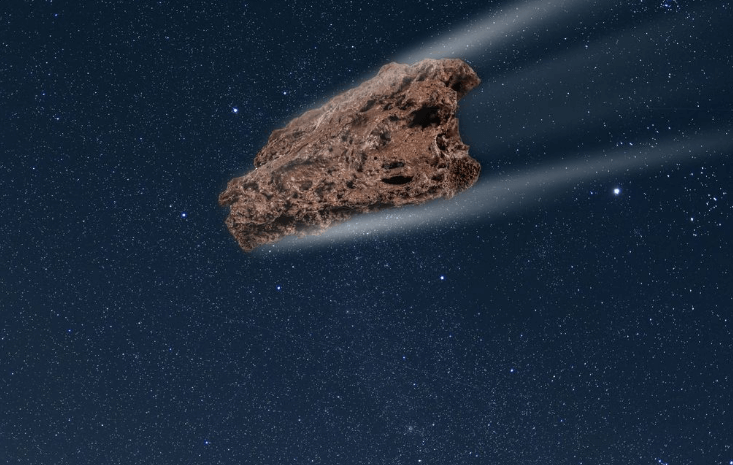Our Solar System can seem like a tidy bunch of planets now, but four billion years ago, it was a collisional cosmic war zone of mayhem and newly forming worlds.
Earth itself suffered a violent crash with a sister protoplanet—a collision that formed our Moon—and the remnants of the collision still linger deep in our planet’s mantle.
But imagine if other old planets had not survived those initial days? One newly studied meteorite might be a clue to one such forgotten planet.
Scientists have been analyzing a peculiar space rock named Northwest Africa (NWA) 15915, a 2.84-kilogram meteorite discovered in Algeria in 2023.
And what they’ve found is fascinating and perplexing: this meteorite is not similar to any known planetary object or usual group of meteorites. In fact, it may be an unusual fragment of a dead planet that initially formed in a Mercury-like environment.
A team of scientists led by Jennifer Mitchell at the University of Minnesota used advanced technology like electron microscopes and spectroscopic tools to study the meteorite’s composition.
They discovered that while NWA 15915 does not resemble Mercury’s composition, it appears to have formed in the same low-oxygen, metal-rich setting—conditions unique to the early days of the inner Solar System.
What is so remarkable about this discovery is that meteorites like these are so uncommon. Most meteorites that land on our planet can trace back to the Moon, Mars, or recognized asteroids. Outliers like NWA 15915 are only 0.2% of all meteorites, and that makes this discovery extremely uncommon.
The extensive crystal forms of the rock and metallic minerals suggest that it cooled slowly within a differentiated planetary body—again pointing towards an origin from a now-extinct Mercury-like world.
Mitchell presented her team’s initial findings at the Lunar and Planetary Sciences Conference in Texas, where the study stirred interest regarding the lost worlds that existed around our Sun.
Scientists believe that in the early Solar System, there could have been 50 to 100 protoplanets—small worlds that were the size of the Moon or Mars. Some of them crashed into each other and merged into the planets we know today, like Earth. Some, like dwarf planets Ceres, Pallas, and Vesta, survived intact.
But most were likely destroyed in ancient impacts, leaving behind only a few scattered fragments—some of which can still travel to Earth in the form of meteorites.
Although additional study is required to confirm the meteorite’s provenance, the discovery of NWA 15915 opens a window on the mysteries of an underappreciated planet—a planet which may have vanished billions of years ago but whose story continues to play out on our planet today.







Leave a Reply